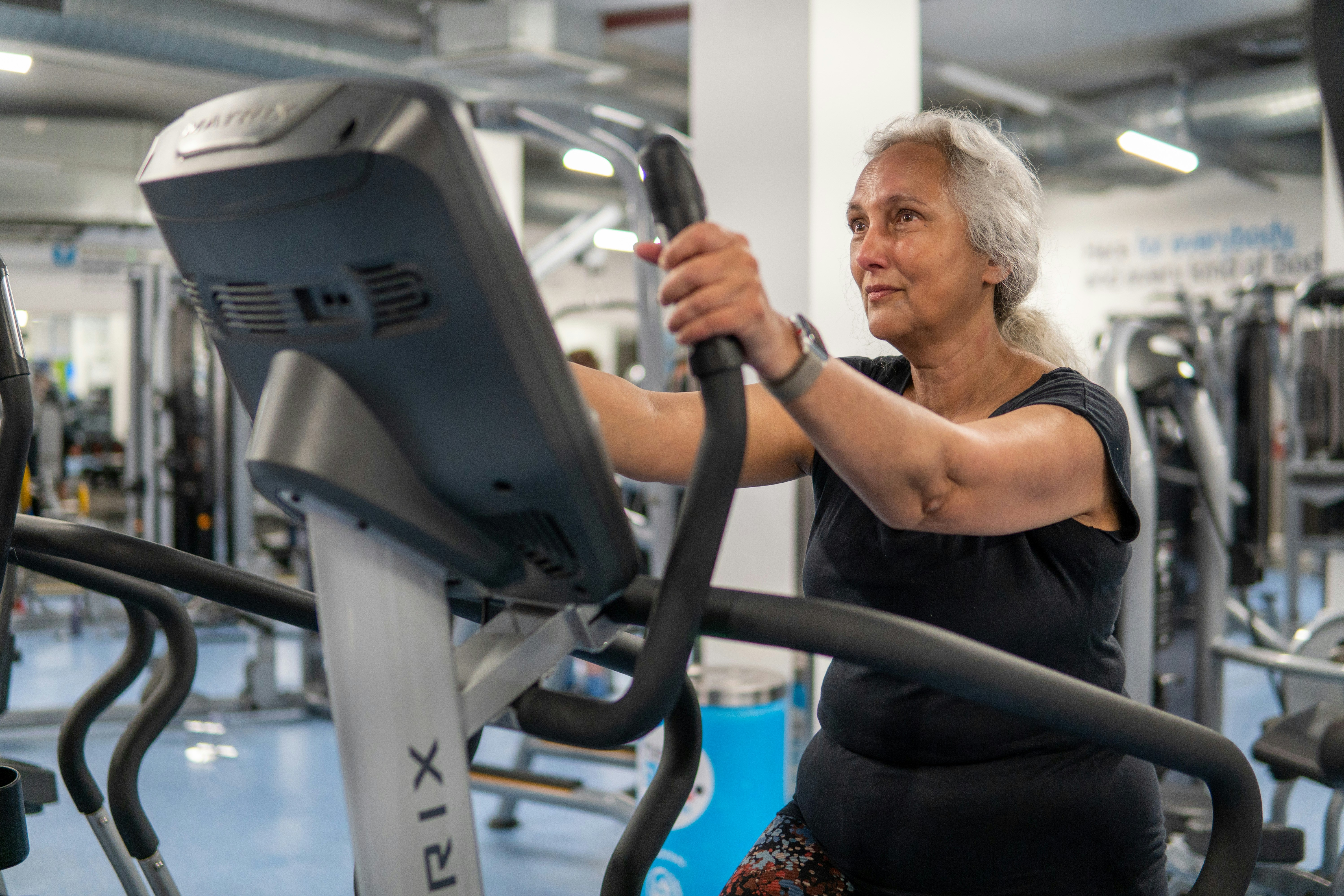News release
From:
Physical activity of any intensity linked to lower risk of death after dementia diagnosis
Those affected should be encouraged to keep up or start exercise routines, say researchers
Physical activity of any intensity after a diagnosis of dementia is associated with around a 30% lower risk of death, finds research published online in the British Journal of Sports Medicine.
The findings prompt the researchers to conclude that those affected should be encouraged to keep up or start an exercise routine, especially as average life expectancy after a diagnosis of dementia may be only around 4-5 years.
Previously published research has linked physical activity with a lower risk of death in people with the disease, but these studies have focused on a single point in time. So it’s not clear if changes in the amount or intensity of physical activity before and after diagnosis might be influential, say the researchers.
To explore this further, they drew on data from the Korean National Health Insurance Service Database, involving 60,252 people newly diagnosed with dementia between 2010 and 2016 who had undergone health check-ups 2 years before and after their diagnosis.
The average age of the participants was 74, and 43,276 (72%) of them had Alzheimer’s disease and 7536 (12.5%) had vascular dementia.
Physical activity was assessed at each of the check-ups using the International Physical Activity Questionnaire–Short Form (IPAQ-SF).
Exercise, such as running, aerobics, fast cycling and climbing for more than 20 minutes was defined as vigorous intensity; moderate intensity included fast walking, doubles tennis, and cycling at a regular pace for more than 30 minutes; light intensity included activities, such as walking for more than 30 minutes.
Regular physical activity was defined as vigorous intensity exercise 3 or more times a week, for at least 20 minutes, or moderate intensity exercise 5 or more times a week, for at least 30 minutes.
Participants were categorised according to the changes in regular physical activity in the 2 years before and after their diagnosis: non-exercisers (78%; 47,050); quitters (just over 10%; 6212); starters (8%; 4801); and maintainers (just over 3.5%; 2189).
During an average monitoring period of nearly 4 years to the end of 2019, 16,431 (27%) of the study participants died.
Sustained engagement in regular physical activity before and after the diagnosis of dementia was associated with the greatest reduction in the risk of death, irrespective of dementia type.
And higher physical activity levels after diagnosis were associated with a decrease in the risk of death that was dependent on quantity, but not on intensity.
Compared with remaining inactive, maintaining an exercise routine was associated with a 29% lower risk of death. If this was of light intensity, the risk was 30% lower. The reductions in risk for moderate and vigorous intensity activity were, respectively, 26% and 30%.
And taking up exercise of any intensity after diagnosis was associated with at least a 20% lower risk of death.
When considering physical activity as a continuous variable, the risk of death fell by 3% for every 100 MET weekly increase—equivalent to adding 5 minutes of brisk walking on 5 days of the week—in physical activity after diagnosis for all types of dementia.
METs express the amount of energy (calories) expended per minute of physical activity, relative to energy expended at rest.
This is an observational study and therefore can’t establish cause. And the researchers acknowledge that their findings might have been due to reverse causality, whereby those with less severe dementia and fewer functional limitations might have been more likely to remain physically active. Information on the type of physical activity participants said they did wasn’t available either.
Nevertheless, the researchers say: “Building on the established protective effect of [physical activity] against all-cause mortality, our study suggests that even at low levels, [physical activity] might significantly diminish mortality risk in individuals with dementia.”
They conclude: “Our study highlights the potential clinical value of encouraging people with dementia to maintain or start physical activity, regardless of its intensity, after their dementia diagnosis.”



 International
International



